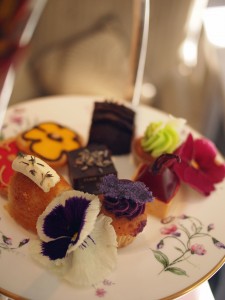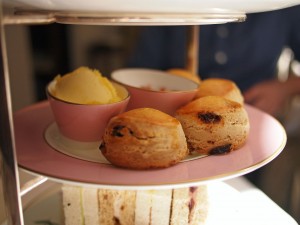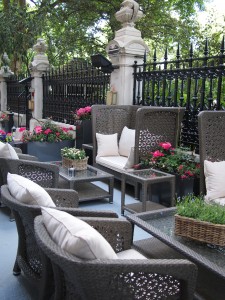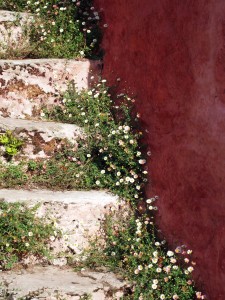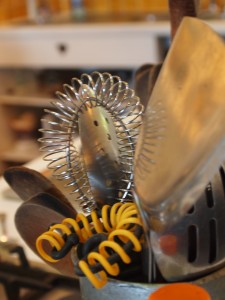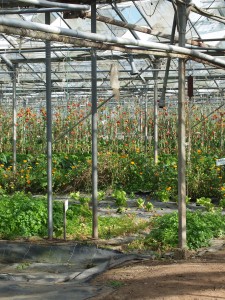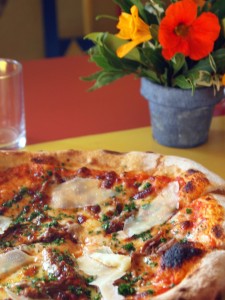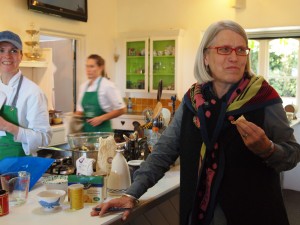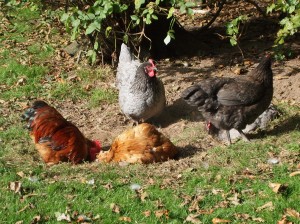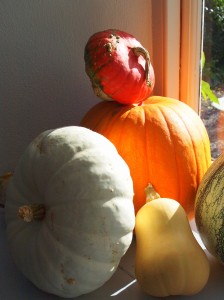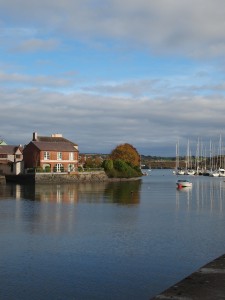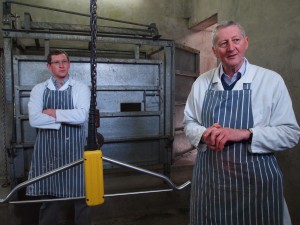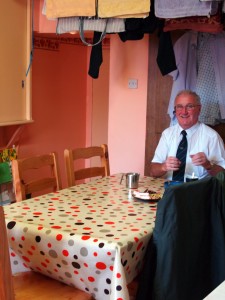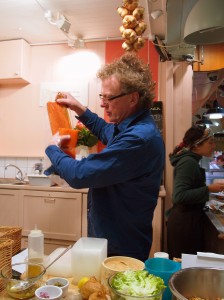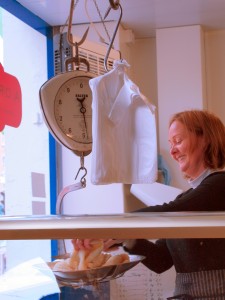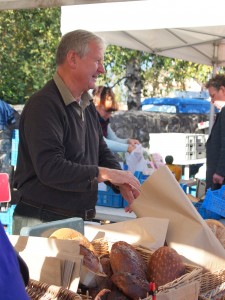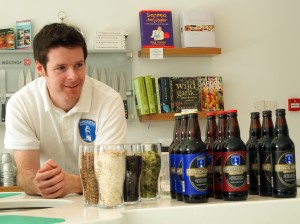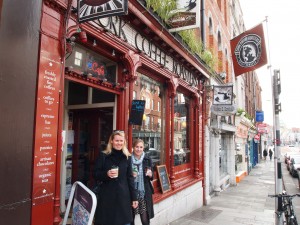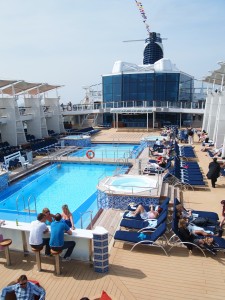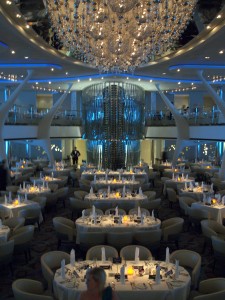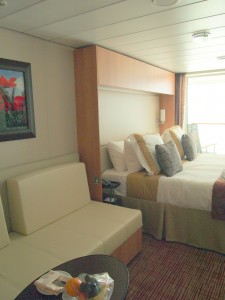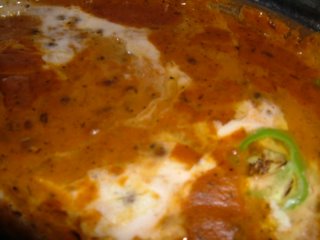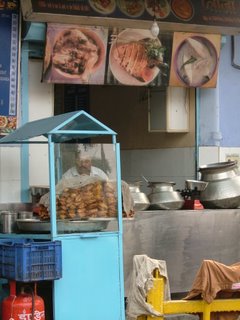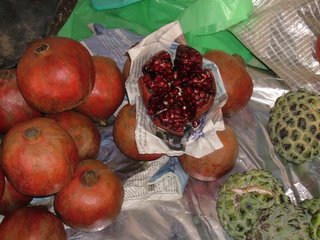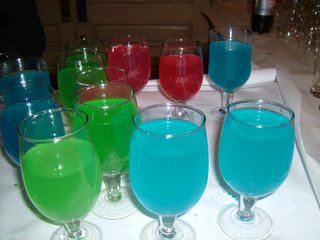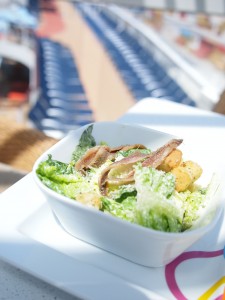
The Japanese have a business philosophy called kaizen, which means continuous improvement. No matter how slick a process is, kaizen says that constant small improvements can – and should – always be made.
I have a deep suspicion that Celebrity Cruises are practising kaizen.
I’ve been invited on the inaugural cruises for Celebrity’s last three Solstice-class ships. These enormous floating palaces are the largest and swankiest in Celebrity’s already pretty large and swanky fleet, and although plenty of what’s on board will be recognisable across all four ships, there have been changes in each new launch – some, like the tweaks to Murano’s cheeseboard, so small you might not even notice; some surprisingly large, like the wholesale transformation of Michael’s Club from a cigar bar to a craft beer venue. If you read my reviews of the previous ships in the fleet, you might remember my bafflement at the inclusion on the last three ships of a glass-blowing studio. That’s gone on Silhouette, to be replaced by a prepossessingly calm and comfy cabana area on one of the ship’s lawns (these ships all have lawns – an amazingly difficult thing to maintain in the salty atmosphere at sea, but maintained they are, and handsomely) and a new barbecue restaurant.
I only had two days on board to explore all the changes, and two days is nothing like long enough to work your way around all the menus on board. The standard dining, and unlimited standard drinks (a variety of beers, wines and spirits) are all included in the price of your cruise. The included dining covers the huge formal dining room; the buffet, which stretches over nearly an entire deck; the pool deck grill, serving chilli, nachos, hot dogs and other poolside goodies; a terrific gelato bar down on deck 5; sandwiches, patisseries, tea and coffee in Cafe al Bacio; cocktails and nibbles in several bars; and the odd little treatsome canapé left in your room if you’re travelling concierge or Aqua class.
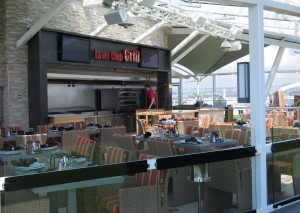
All this means that once you’re on board, there’s really no reason to spend any extra money on eating or drinking – but if you’re reading this, you’re probably pretty motivated by food and don’t mind spending a little more for something a bit different. For those who are looking for something special, Silhouette houses a number of other drinking and dining venues, all with different ambiances. I wrote about Qsine (an additional $35 per head) at the restaurant’s launch on Eclipse, and the whole interactive eating experience has proved so popular (you have to admit that a burger is much more fun when you’re squizzling your own sauce on it and draping it with your own idea of the right amount of fried onion) that they’ve introduced another interactive dining venue on Silhouette. The Lawn Club Grill, up on the top deck, where you’ll pay an extra $30 per person, has DIY pizzas for the kids, and DIY flat breads for you. The real draw, though, is the barbecue element where New York strip, filet mignon and rib-eye steaks, snapper, salmon, veal, lamb and a big selection of kebabs are available for you to grill yourself to your own liking at your own table. If you’re not up for barbecuing your own dinner, the chefs will do it for you – but where’s the fun in that? There are some pretty special accompaniments on offer, which will be delivered to your table. Allergies prevented me from trying it myself, but I’m told I must encourage you to sample the lobster macaroni cheese in particular.
Also up on the top deck, you find The Alcoves, a pretty little lawn with eight cabanas which can be rented by the hour or the day. Picnic baskets are available here for a price, and there’s also waiter service for drinks and snacks. These new venues replace the glass-blowing studio that’s been on the top decks of previous ships (I have never been able to get my head around the presence of a seagoing glass-blowing studio), along with a $5 dining venue (one of a few on board), The Porch. Here, you’ll find paninis and salads. It’s a lovely quiet spot if you’re looking to get away from the hurly-burly of the pool area, one deck below.
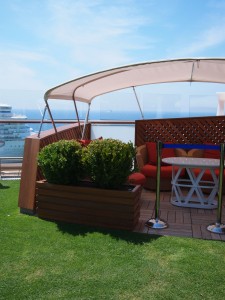
Tuscan Grill ($30), Blu (complimentary for Aquaclass passengers), Qsine ($35) and Murano ($35) are still the first-class restaurant lineup at the back of the ship on the fifth deck, which is the deck where those with a care for their stomach will be spending most of their time. There are changes down here – Murano is now offering a champagne afternoon tea, with some terrific little finger sandwiches, strawberries, pastries and the inevitable scones, jam and clotted cream. In the spirit of kaizen, little changes have been made to dishes I’ve eaten in these restaurants on previous ships: I’m not quite sure exactly what’s happened to Qsine’s Disco Shrimp, but it’s gone from a merely-quite-good dish to an absolute must-order, sweet, tender and very, very tasty. Ceviches are also very good now, and any dish which has its origins in the SW of America is pretty much guaranteed to be worth ordering: Chef Jaques van Staden’s Las Vegas roots do show now and then! Murano’s duck foie gras and rilettes dish has turned into a foie and confit plate, the confit appearing in a Moroccan pastilla, crisp, paper-thin bric pastry doing great things to its texture. What used to be a tomato coulis in this dish is now candied mango. On my first visit to Murano, two ships ago, I didn’t feel it was really competitive with top-class restaurants on land, but it’s now pulling its weight: witness the sea bass (picture at the bottom of this post), previously a bit tired, salty and dried-out; now succulent, elegantly sauced and good enough that you’ll be dibbling your bread on the plate when you’ve finished the fish.
Murano is probably the most romantic spot on board for dining, with private-feeling booths and a clever layout to make you feel remote from other diners. I’d especially recommend it to those cruising to celebrate a honeymoon or anniversary. Portions are still enormous. This is a direct result of the ship’s American ownership and international clientele. This feels a bit odd in a fine-dining restaurant, but when someone feels like giving me a gargantuan portion of foie, I am not going to complain.
Get chatting to your server. The staff on board these ships are universally friendly and helpful – and if you make friends, as we did with the utterly charming Anne Toures, a chef de rang at Murano, you might find the service elevates itself to superhuman levels. Anne, after a couple minutes’ chatting about blue French cheeses (I’d been wittering on about how it’d be nice to see a blue that wasn’t a Roquefort on the large chariot de fromages), disappeared and came back with a piece of Rochebaron from Auvergne for us that hadn’t made it to the cheeseboard – soft, blue, with an ash-rolled rind and completely new to me. A real treat.
I love watching the way these ships evolve. I love being surprised every time I visit by the force-ten smiles of every single member of staff, the shimmering cleanliness of everything on board, and the clever little features like the ice bar, and the Enomatic machines in Wine Masters (charge a swipe-card, and organise your own tasting – there are some really exciting wines on offer in here). I love waking to the sound of the sea, I love that I can retire to a Deck 11 treehouse, of all things, if things get too much; and I love the fact that there’s an iLounge and a Bulgari shop on board. Keep at the kaizen, Celebrity – you’re doing a great job.
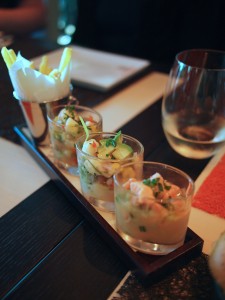
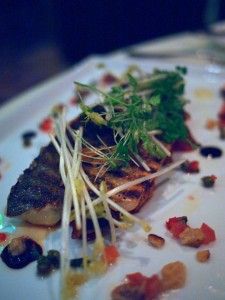
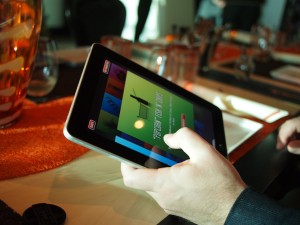
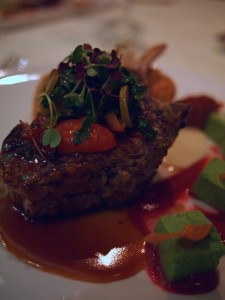
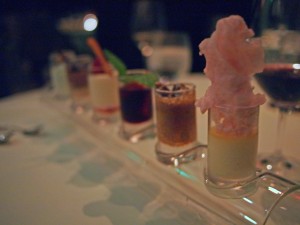
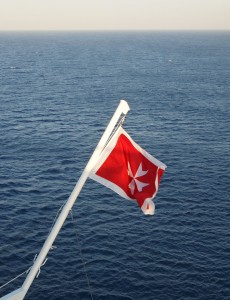
.

